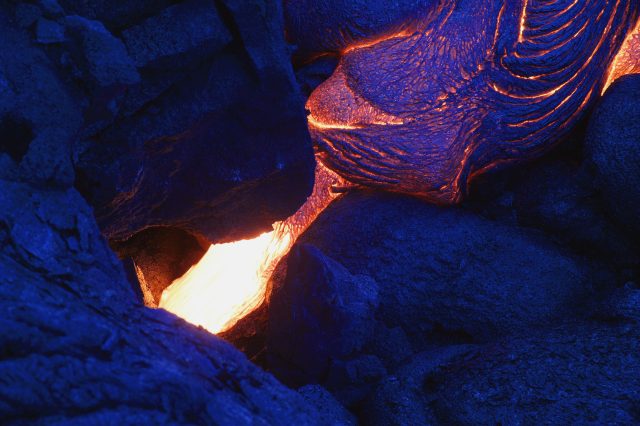Seabed 2030 is an initiative that aims to bring together all available bathymetric data to produce the definitive map of the world ocean floor by 2030. The collaboration seems to be heading in the right way. A recent statement has revealed experts have already mapped nearly a fifth of the planet's ocean floor.
When you think about it, we know more about the surface of the Moon and planets like Mars than we know about the very ocean floor of our planet. There is an obvious disbalance between the efforts put into exploring space, the solar system, and the oceans and ocean floor on our home planet. Despite this, efforts are made, and a new report from Seabed 2030–a collaborative project between the Nippon Foundation of Japan and the General Bathymetric Chart of the Oceans (GEBCO) aims to bring together all available bathymetric data to produce the definitive map of the world ocean floor by 2030.
A fifth of our planet’s ocean floor has been mapped
The collaboration has revealed that experts have successfully mapped nearly a fifth of our planet’s ocean floor, which means we have made quite a progress in understanding the secret of the ocean floor. The new report revealed that roughly a fifth of the world’s ocean floor has already been mapped with modern standards after the incorporation of 14.5 million square kilometers by the Nippon-GEBCO Seabed 2030 Foundation Project.
Cartographic coverage of the seabed increased from 15% to 19%
Cartographic coverage of the seabed increased from 15% to 19% in the twelve months. When Seabed 2030 launched in 2017, only six percent of the oceans had been mapped according to modern standards. The attempt to create a map of the world’s oceans has gained significant momentum since its launch of Seabed 2030, which aims to facilitate the full mapping of the global ocean floor by 2030, bringing together more than 100 international organizations in support.
133 partners
According to the project’s website, Seabed 2030 now has 133 official partners, contributors, and different supporters and continues to seek new collaborations in data collection and technical innovation. “The sustained increase in data available to map the ocean floor will enable Seabed 2030 to play a principal role in producing a comprehensive set of reliable data freely available for all. This is a leap forward towards achieving our mission, by the year 2030, to empower the world to make policy decisions, use the ocean sustainability and undertake scientific research based on detailed bathymetric information of the Earth’s seabed,” Seabed 2030 Project Director Jamie McMichael-Phillips revealed in a statement.
Working collaboratively globally
“It’s inspiring to see what working collaboratively globally can achieve. Seabed 2030 will continue to seek out new partnerships and technological advancements. Everyone has a part to contribute to our ocean mapping journey: a journey that will greatly benefit humanity,” he added. Nippon Foundation President Yohei Sasakawa recently announced three initiatives that need increased collaborative activity to accelerate the mapping of the ocean floor, including supporting the mapping of unexplored regions, gathering data through crowdsourcing, and developing technology that will aid the process of data collection.
Unparalleled growth in available bathymetric data
Seabed 2030 continues to act as an incentive for unparalleled growth in available bathymetric data. A complete ocean map of the world will facilitate a better understanding of fundamental processes, including ocean circulation, climate systems, rising sea levels, propagation of tsunami waves, tides, sediment transport, distribution of benthic habitat, and climate change. “My thanks go out to all who have contributed data and technical expertise to bring this new 2020 Grid together. With the support of governments, industry, academia, and philanthropy, and by using innovative technology, we anticipate the availability of new data to grow every year,” said Jamie McMichael-Phillips. You can learn more about the entire project and how to get involved here.
Have something to add? Visit Curiosmos on Facebook. Join the discussion in our mobile Telegram group





